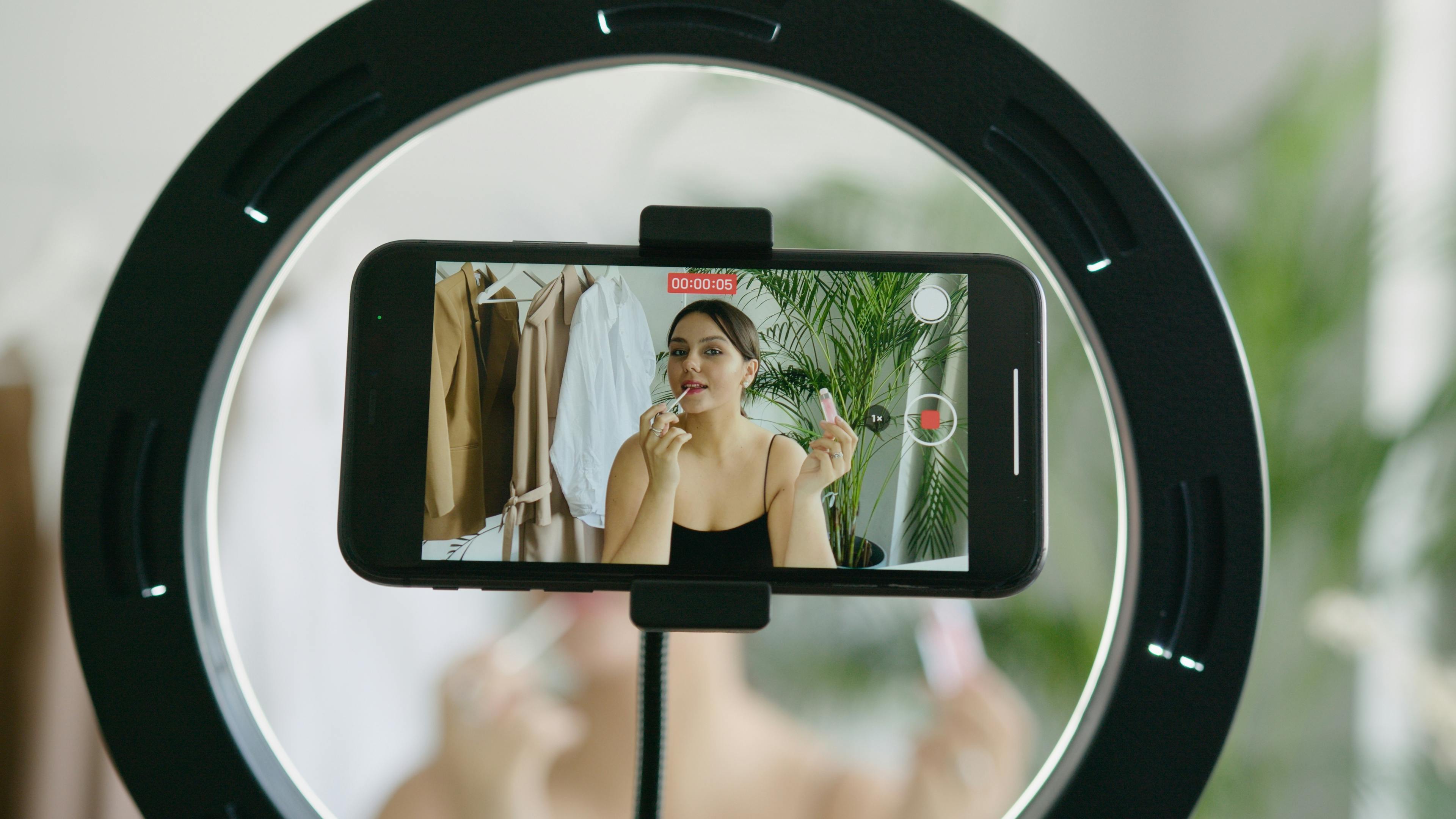
How to Measure ROI of Your Influencer Marketing Campaign
Oct 9, 2024
Influencer marketing is a powerful tool for brands aiming to connect with their audience. But how can you tell if your investment is paying off? Measuring the return on investment (ROI) for your influencer campaigns is essential to understand their effectiveness and make informed decisions for future strategies.
By tracking key metrics and analyzing data, you can gain insights into the impact of your campaigns. From engagement rates to conversions, knowing how to measure ROI will help you optimize your marketing efforts and maximize your budget.
Let’s jump into the essential steps to evaluate your influencer marketing success and ensure you’re getting the most out of your collaborations.
Understanding Influencer Marketing
Influencer marketing leverages individuals with a following to promote products or services, effectively bridging the gap between brands and consumers. This strategy capitalizes on the trust influencers have established with their audience, making product recommendations compelling. You engage influencers to reach specific demographics, thereby expanding your brand's reach and fostering authenticity in your messaging.
Benefits of Influencer Marketing

Influencer marketing presents several advantages:
Increased Brand Awareness: By collaborating with well-known personalities, your brand can gain exposure to a broader audience. Influencers often share content across multiple platforms, which amplifies visibility.
Authentic Connections: Influencers often connect personally with their followers. Their endorsement of your product can lead to more genuine interactions than traditional advertising methods.
Targeted Messaging: You can select influencers whose audience aligns with your target market. This enhances the relevance of your messaging and boosts engagement.
Types of Influencers
Influencers vary based on their following and niche, including:
Mega Influencers: Typically have over 1 million followers. They provide vast reach but may lack personal connection with followers.
Macro Influencers: Range from 100,000 to 1 million followers. They offer a mix of reach and engagement.
Micro Influencers: With 1,000 to 100,000 followers, these influencers usually foster higher engagement rates due to their niche focus.
Nano Influencers: Possess fewer than 1,000 followers. They may have intimate connections with their audience, offering high trust levels.
Key Considerations for Influencer Selection
Selecting the right influencer is vital. Consider these factors:
Relevance: Ensure the influencer’s content aligns with your brand values and target audience.
Engagement Rate: Evaluate likes, shares, and comments over general follower counts to measure the effectiveness of their reach.
Authenticity: Choose influencers who genuinely use and appreciate your product to maintain credibility.
Understanding these aspects enhances your ability to construct a successful influencer marketing campaign, eventually leading to more significant ROI measurement opportunities.
Importance of Measuring ROI
Measuring ROI in influencer marketing plays a crucial role in optimizing future campaigns. Understanding how your investments translate into returns helps direct resources more effectively.
Defining ROI in Influencer Marketing
ROI in influencer marketing quantifies the financial returns from spending on influencers. The formula for calculating ROI is straightforward: subtract the investment amount from the revenue generated, then divide by the investment amount.
This metric provides insight into the effectiveness of your marketing expenditures. For example, if you invest $1,000 in an influencer campaign and generate $5,000 in sales, your ROI calculates to 400%. It's essential to consider both direct sales and brand awareness gains when assessing ROI.
Key Metrics to Consider
Various metrics serve as indicators for measuring ROI involvement in influencer campaigns. Focus on the following:
Engagement Rates: Track likes, comments, shares, and saves to assess audience interaction.
Conversion Rates: Measure how many followers make a purchase or complete a desired action using unique promo codes or links.
Reach and Impressions: Calculate the total number of people who see the campaign content to evaluate potential visibility.
Follower Growth: Analyze the increase in your brand's followers post-campaign for insights on long-term impact.
By combining these metrics, you gain a comprehensive view of the influencer marketing campaign's effectiveness.
Methods to Measure ROI
Measuring the return on investment (ROI) in influencer marketing involves several methods tailored to assess various performance aspects of the campaign. Implementing these methods equips you with actionable insights to refine your marketing strategies.
Tracking Sales and Conversions
Tracking sales and conversions are essential steps in measuring ROI for influencer campaigns. Revenue directly attributed to the campaign indicates effectiveness. Use tools like Google Analytics to set up conversion tracking for actions such as purchases or sign-ups resulting from influencers’ promotions.
For instance, if you launched a campaign with a specific influencer and can link a $5,000 sales increase to their post, you garner clear insights into ROI. Regularly analyze these metrics to adjust strategies based on performance trends, ensuring continuous improvement.
Analyzing Engagement Metrics

Analyzing engagement metrics offers valuable insights into how audiences interact with influencer content. Metrics like likes, shares, comments, and click-through rates indicate campaign performance.
Calculate the engagement rate by dividing the total engagement by the influencer’s follower count. For example, if an influencer's post garnered 200 likes and 50 comments from a 10,000 follower base, the engagement rate stands at 2.5%.
This metric helps identify which influencers resonate with your target audience, informing future partnerships.
Utilizing Unique Promo Codes
Utilizing unique promo codes facilitates tracking and incentivizing customer purchases. When assigned to an influencer, these codes allow you to measure the direct impact on sales.
For instance, if an influencer shares a promo code that offers a 20% discount, you can correlate redemption rates with influencer effectiveness. Monitoring code usage across various channels enhances the understanding of audience preferences and behaviors.
This strategy fosters accountability among influencers while directly linking their efforts to your bottom line, eventually enhancing your ROI measurements.
Tools for Tracking Influencer Campaign Performance
Effective measurement of influencer marketing campaigns requires the right tools to analyze performance accurately. Utilizing these tools enables you to track relevant metrics and optimize future campaigns.
Social Media Analytics Tools
Social media analytics tools provide data on the performance of influencer content across platforms. Tools like Hootsuite and Sprout Social offer features to track engagement metrics, including likes, comments, and shares.
These metrics reveal how well the content resonates with the audience. Also, these platforms provide insights into reach and impressions, helping you gauge the overall visibility of your campaigns.
At Crumb, we utilize these analytics to identify high-performing influencers and refine strategies accordingly. Tailored reporting features allow us to visualize engagement trends, making it easier to present findings to stakeholders and maximize your marketing impact.
Influencer Marketing Platforms
Influencer marketing platforms streamline campaign management and impact assessment. Platforms such as AspireIQ and Influencity help influencer discovery, enabling you to find suitable partners based on audience demographics and engagement rates.
These tools often include performance tracking capabilities, allowing you to monitor ROI effectively. They collect data on conversions attributed to influencer efforts, providing clear insights into campaign effectiveness.
Such platforms can also integrate with e-commerce systems, allowing you to track sales directly linked to influencer promotions. By utilizing these resources, you gain a comprehensive view of influencer performance and can make informed decisions to amplify future marketing efforts.
Conclusion
Measuring the ROI of your influencer marketing campaigns is crucial for maximizing your investment and ensuring effective audience engagement. By focusing on key metrics like engagement rates and conversions you can gain valuable insights into the success of your efforts. Utilizing tools such as Google Analytics and social media analytics platforms can streamline this process and provide a clearer picture of your campaign's impact.
As you refine your strategies based on data-driven insights you'll not only improve current campaigns but also set the stage for future success. Remember every piece of information you gather contributes to a more effective influencer marketing strategy. Embrace these measurements to enhance your brand's presence and drive meaningful results.
Testimonials
What our clients say about us
"CRUMB revolutionized our business! Their innovative SEO strategies and approach led to remarkable online expansion."
John Adams
Marketing Director
"CRUMB was a game-changer for us! Their strategic SEO solutions and approach sparked substantial online progress.""
Michael Peterson
Founder - SaaS
"CRUMB elevated our business! Their tailored SEO strategies and approach propelled significant online advancement."
Jen Archibal
Founder & CEO
"CRUMB reshaped our business! Their proactive SEO strategies and approach fueled substantial online development."
Alex James
Head of Growth - SaaS
Book a call
